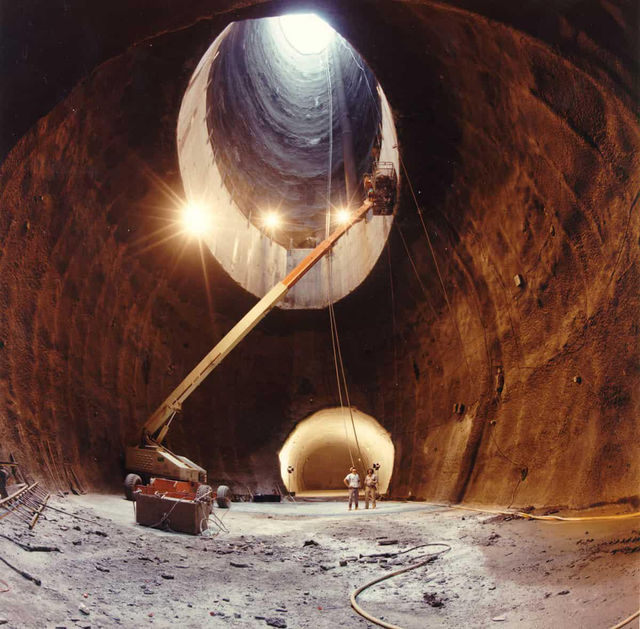Superconducting Super Collider (SSC)
The Superconducting Super Collider (SSC), also nicknamed the "Desertron," had a grand vision but ultimately faced a difficult reality. Here's the full story:
The Dream: In the 1980s, physicists were eager to push the boundaries of particle physics. The SSC was designed to be the world's most powerful particle accelerator, a massive machine that would smash particles together at incredibly high energies. Scientists hoped to unlock the secrets of the universe, searching for new particles and forces beyond the known Standard Model.
Desertron Nickname: The nickname "Desertron" reflected the project's scale. The collider would be a colossal 87 kilometers (54 miles) in circumference, planned for a remote location in Texas where land acquisition would be easier.
Construction Begins: After extensive design and planning, construction on the SSC started in 1991. Initial estimates placed the total cost around $4.4 billion. However, problems arose early on.
Rising Costs: Technical challenges and unexpected delays caused costs to balloon. By 1993, estimates had soared to a staggering $12 billion. This significant increase strained the project's budget and sparked public and political debate.
The End of the Desertron: The high costs, coupled with the end of the Cold War, which had previously fueled scientific competition between the US and the Soviet Union, led to a loss of political support. In 1993, the US Congress, facing pressure to rein in spending, made the difficult decision to cancel the SSC project.
Legacy: Though the SSC never reached its full potential, the project wasn't entirely in vain. Technological advancements made during its development found applications in other scientific fields, and some of the infrastructure built for the collider is still used for research today. The cancellation of the SSC also highlighted the challenges of funding large-scale scientific endeavors, prompting discussions about cost control and prioritization.
